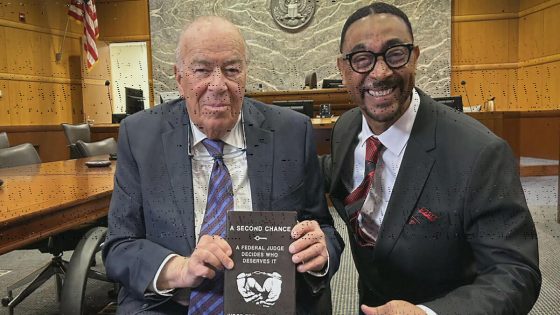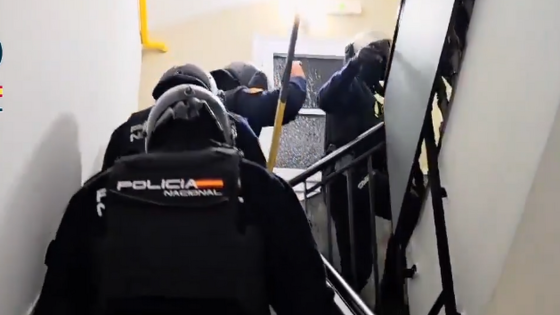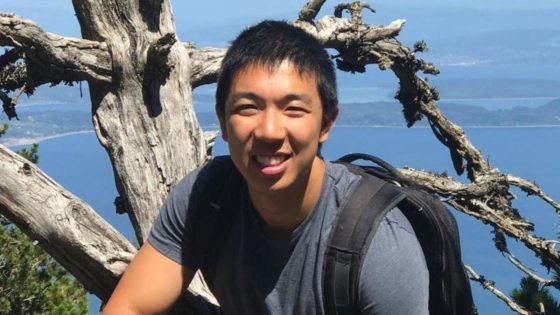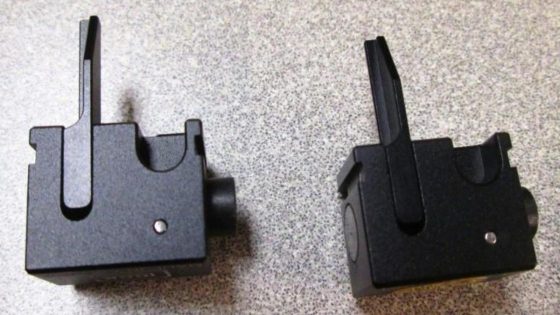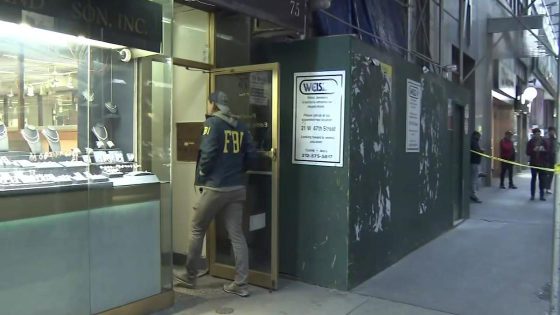Late on September 21, 1996, the serene landscape of the Gallatin River near Bozeman, Montana, turned from picturesque to grim when searchers discovered the lifeless body of a 15-year-old girl, Danielle “Danni” Houchins. Her family and friends would be left wrestling with the haunting question of how she had ended up face down in the muddy undergrowth of a swampy area. This tragedy unfolded on what should have been just another autumn day, a normal day that spiraled into decades of uncertainty and sorrow.
- Danielle Houchins' body was found in 1996.
- Investigation initially ruled death as "undetermined."
- Family pursued justice for nearly three decades.
- DNA advancements reopened the cold case.
- Paul Hutchinson identified as the prime suspect.
- Community shocked by Hutchinson's connection to case.
Danni drove away from her home following a family dispute that morning, seeking solace at the Cameron Bridge Fishing Access area. When she failed to return in the afternoon, her mother set out to find her. In what would become a pivotal moment, she discovered Danni’s truck parked in the lot, her keys and water bottle left along a path nearby—but no traces of Danni herself. Those initial hours turned into a nightmare as deputies from the Gallatin County Sheriff’s Office began their searches, but a fading daylight forced them to halt their efforts. Friends and family familiar with the dense, marshland terrain ventured out that night, and it wasn’t long before they found Danni, buried deep in the underbrush.
The response from the community was swift. Mixed with shock was a growing speculative fear—whispers of murder began to circulate. Detectives reportedly collected evidence and conducted interviews, yet they were unable to name any suspects. As Rachelle Schrute, who knew Danni and her family, recalled, “There was so much other speculation … It just caused fear.” Yet, just days after Danni’s body was found, the coroner classified her death as “undetermined,” citing drowning as the manner of death. Danni’s family was left with an unsettling narrative, suggested by officials who indicated it might have been an accident or a simple fall, but these explanations rang hollow for those who knew her. “She was an active and outdoorsy teenager,” her sister Stephanie Mollet insisted. “I promised my sister, ‘I’m coming for you, Danni.'”
As the years slipped away, Danni’s case went cold, but for Stephanie, the pain fueled an unwavering commitment to uncover the truth. It was not until 2020, however, that she was able to connect with new detectives at the Gallatin County Sheriff’s Office. She demanded answers and was allowed to review the autopsy report. What she learned shattered any doubts she had about the circumstances surrounding her sister’s death. There were bruises on Danni’s body—specifically on the back of her neck—and evidence of struggle: vaginal injuries and traces of semen found in her underwear. These findings led the new team of investigators to conclude—finally—that Danni had been raped and murdered.
The re-opened case garnered fresh attention, and retired investigator Tom Elfmont took on the challenge. Harnessing advances in DNA technology, he obtained a partial DNA profile from the semen. Yet, the crucial breakthrough came when he focused on four rootless hairs discovered on Danni’s body. Traditionally thought nearly impossible to extract DNA from, Elfmont utilized modern forensic techniques, ultimately yielding a full suspect profile from one of those hairs. His next step was to share this profile with an investigative genetic genealogist who searched familial connections. In May 2024, a name emerged: Paul Hutchinson.
Hutchinson, a graduate student in 1996, had connections to the waterways of the local area through his work-study with the Fish and Wildlife Service. A seemingly upstanding citizen—a fisheries biologist with a clean record, a wife, and two kids—he frequented local hunting and fishing circles, trusted by many. However, when Elfmont and his partner approached him in July 2024 for questioning, his demeanor changed. Clearly nervous, Hutchinson faltered when confronted with inquiries about Danni’s fate. Although investigators lacked sufficient evidence for an arrest, hours after the interview, Hutchinson took his own life.
It was a devastating turn, but it also led to the confirmation of his DNA matching the evidence found on Danni. The announcement that the case had been solved nearly 30 years after that fateful day sent ripples through the community. For Schrute, who had trusted Hutchinson and spent time fishing with him, the revelation was shocking. “How dare you just be a person in my life? How dare you just exist and go on to have a family, and a career?” she exclaimed, grappling with the betrayal of trust.
The case of Danielle Houchins serves as a poignant reminder of the long shadows cast by unresolved trauma and the intricacies involved in cold cases. As new forensic techniques facilitate breakthroughs in long-standing mysteries, this once-dormant investigation paints a tragic, but at last, somewhat closure-driven narrative for a family that never stopped searching for answers. As the wounds of the past remain fresh, the memory of Danni will endure, echoing through the yet-unfolding chapters of justice and remembrance.





